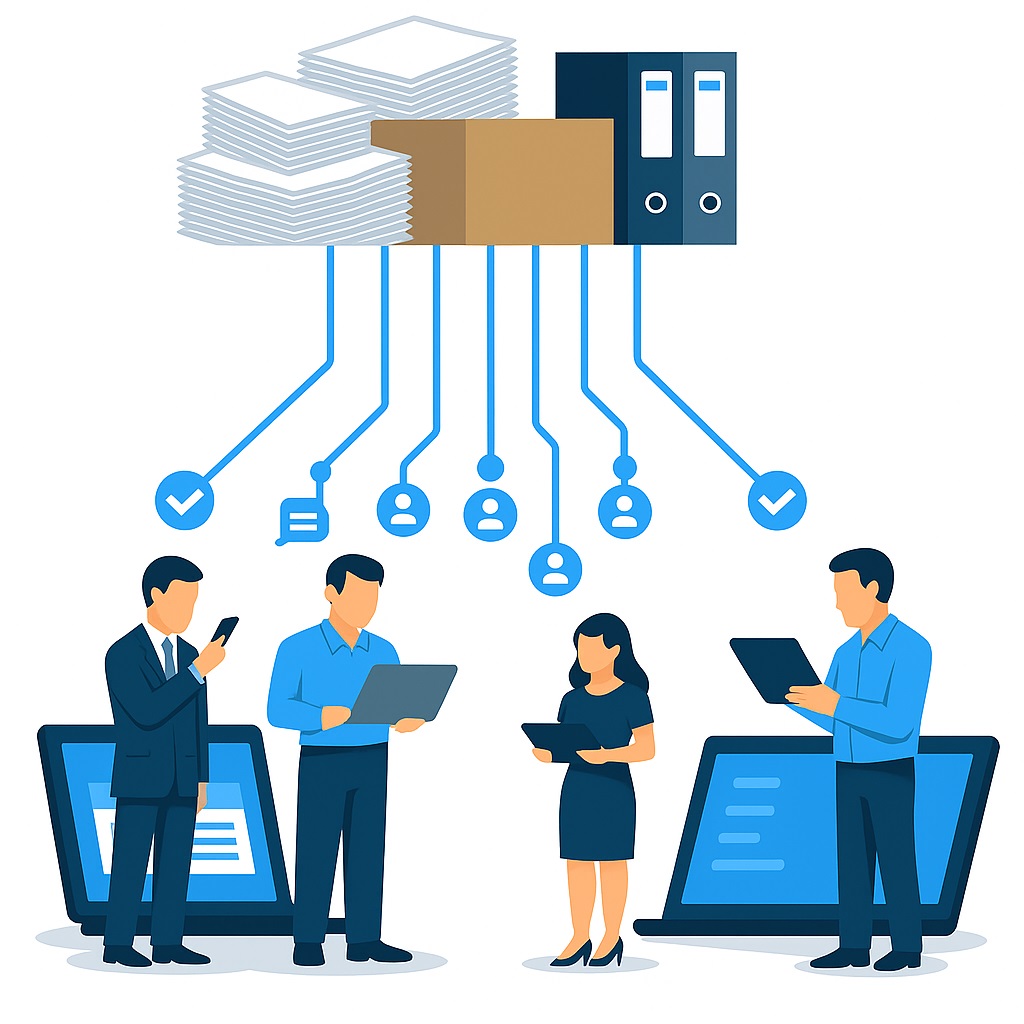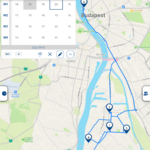What used to be paper is now Excel: old-school, but everyone knows it. But how much more could a modern, mobile app tailored to field sales professionals actually deliver?
Sales is perhaps one of the most rapidly evolving professions, where technological innovation quickly reshapes efficiency standards. This is especially true in field sales, which in many companies still rely on Excel. Still working in spreadsheets? Then it’s time to discover how mobile digital solutions — tablet and smartphone applications — can transform the way you work. Below, we highlight the advantages of mobilization, which not only boost efficiency but have a measurable positive impact on sales.
ROI of Mobile CRM
According to industry research, every dollar invested in CRM — especially in mobile-optimized versions — can generate up to $8.71 in return over the years, in both efficiency and revenue. This means that successful CRM projects typically pay for themselves within a year, often sooner if mobile functionality is well integrated.
How Has Mobile Technology Transformed Field Sales?
Excel-based digital data management was a reliable and even revolutionary tool compared to pen-and-paper logbooks. Yet its problems have become increasingly apparent: scaling limits, weak multi-user functionality, and clunky user interfaces.
With the advent of tablets and smartphone apps, the landscape has radically changed. Sales reps can now:
-
access centralized customer data in real time,
-
archive notes digitally,
-
and place orders instantly — selecting from live inventory.
The result: workflows become not only simpler but more transparent. A mobile-optimized system ensures the right information is available at the right time, improving both customer and sales rep satisfaction.
Concrete Benefits in Field Sales
-
Real-Time Customer Insights
Field sales depend on having up-to-date information. A mobile digital system provides instant access to order history, preferences, or current account status. For example, the latest price or stock lists can be viewed with a single tap on a tablet — allowing tailored orders to be created on the spot. -
Instant Quotation Generation
In Excel or paper-based systems, creating proposals required multiple steps and long email threads. Mobile apps now allow quotes to be generated immediately — even in the customer’s office. This not only saves time but also builds trust, as instant service signals preparedness and care. -
Reduced Administrative Burden
Excel requires manual data handling, is prone to accidental deletion, and makes reporting unreliable. A mobile CRM removes these risks while centralizing contracts, agreements, and meeting notes in a single platform. The result: hours saved daily, which can be reinvested in customer care. -
Closer Collaboration with HQ
Communication between field reps and office teams can often be a bottleneck. Mobile systems eliminate this issue. Live synchronization ensures instant data sharing — from orders to visit notes — enabling faster decisions, better strategy alignment, and enhanced customer experience. -
Eliminating Paperwork Limitations
Lost documents, illegible handwriting, and endless filing are all relics of the past. Digital storage makes all information accessible, structured, and secure, supporting faster, more precise, and more efficient workflows.
How to Begin the Journey to Mobile Digitalization?
If your organization still relies on Excel, it’s time to adopt a field sales software solution. Transitioning is often easier than expected, thanks to user-friendly tools and advanced technology. Selecting the right system requires alignment with business needs — and a vendor with a customer-focused implementation team can make all the difference.
Conclusion
Digitalization isn’t just about new tools — it marks the beginning of a new era in field sales, where efficiency, accuracy, and customer focus take center stage. Tablets and smartphones don’t just save time, they also enable better communication and faster decision-making.
Step out of the “sea of spreadsheets” and explore how mobile technology can transform sales workflows. The shift won’t just make your work easier — it will also improve business results.
Source
According to DemandSage, companies investing in CRM earn an average of $8.71 for every $1 spent, while conversions improve by 300% and customer retention by 47%.




